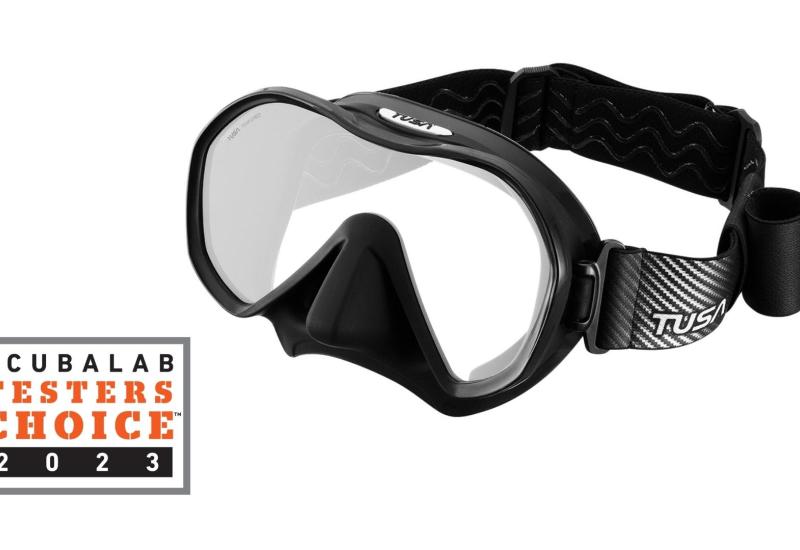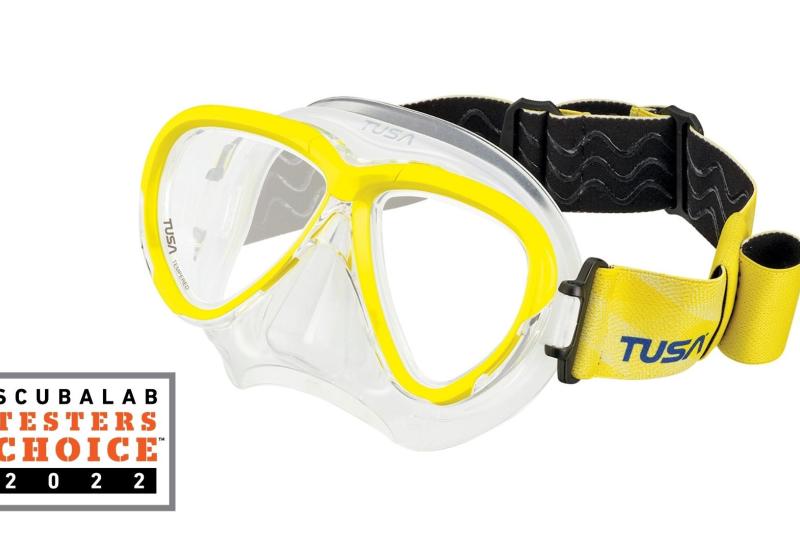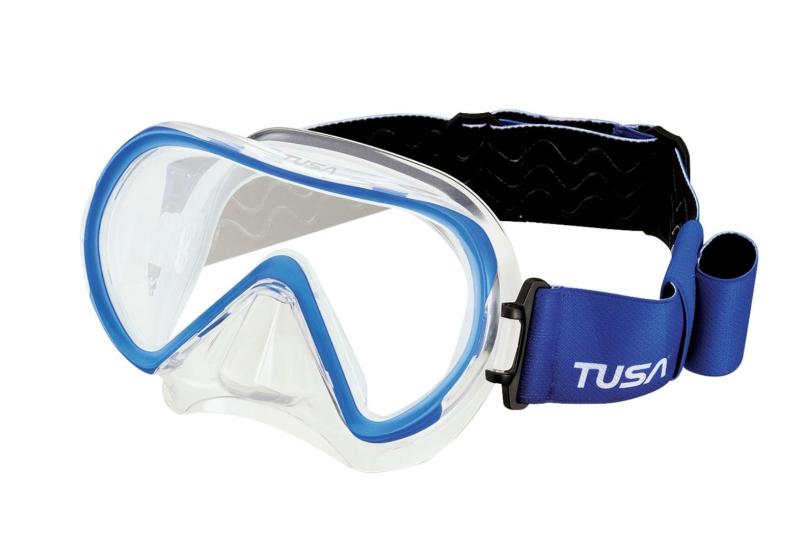5 Spectacular Snorkel Safaris
We divers don't often opt for snorkeling, but these five fabulous snorkel trips offer the ultimate in thrills. All you pack is your mask, snorkel and fins — and your sense of adventure.
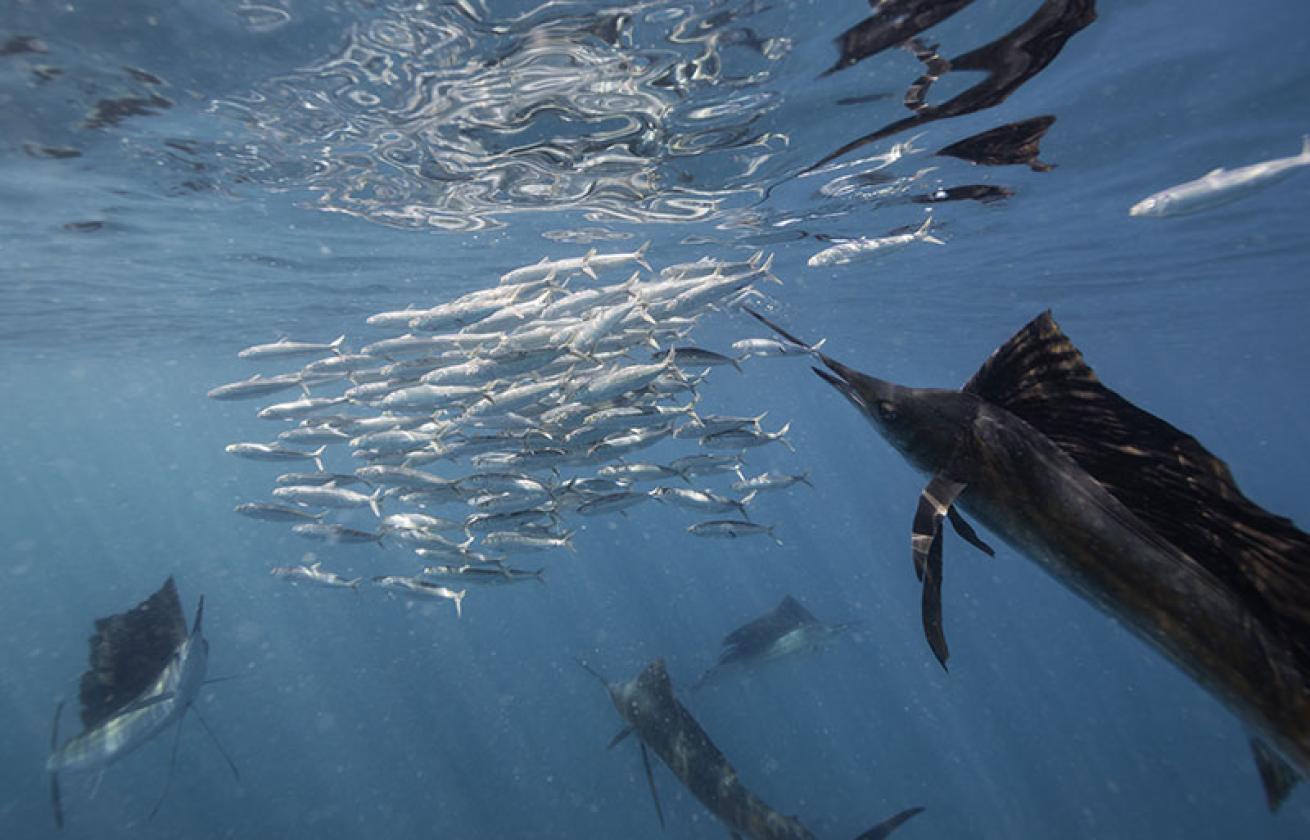
ShutterstockIstiophorus albicans — sometimes in groups of 12 or more — gather off Isla Contoy in December.
Sailfish — which can reach speeds close to 70 mph — herd schools of sardines off Mexico’s Isla Contoy, a 5-mile-long island located where the Caribbean Sea mixes with the Gulf of Mexico. Scuba isn’t permitted, and the encounters aren’t guaranteed, but it's the newest hot spot for underwater photographers. With a bit of patience, you can get a lucky shot like this.
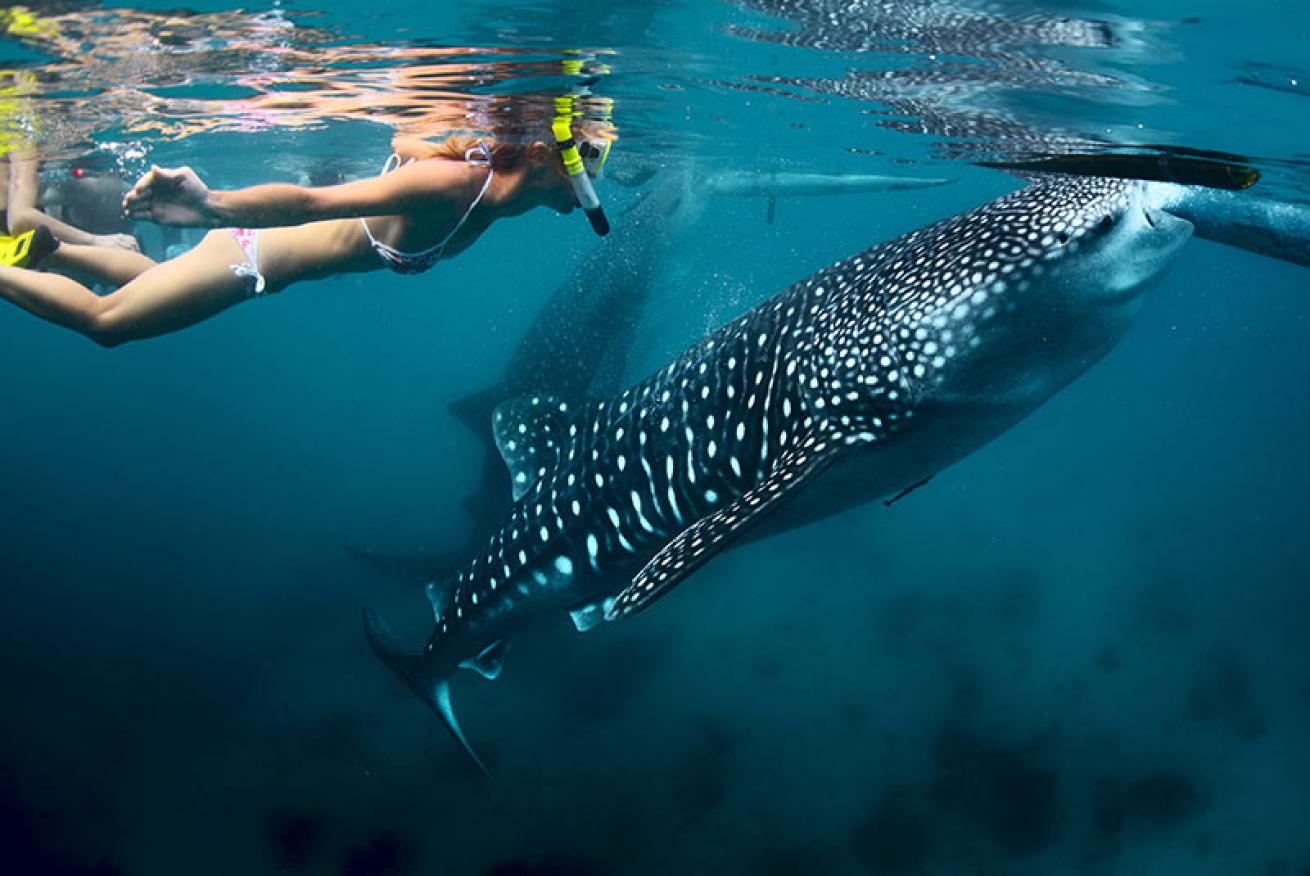
ShutterstockIt’s the biggest fish in the ocean — growing to lengths up to 40 feet long — and it is also one of the gentlest.
These filter-feeding sharks scoop up plankton and small fish during the warm summer months off Isla Contoy, Mexico (yes, you’ve got the possibility of seeing both sailfish and whale sharks if you’re very lucky!). As with the sailfish encounters, no scuba diving is allowed when the whale sharks have aggregated to feed in these waters, so pack your snorkel, mask and fins only. May to September is best for whale shark encounters.
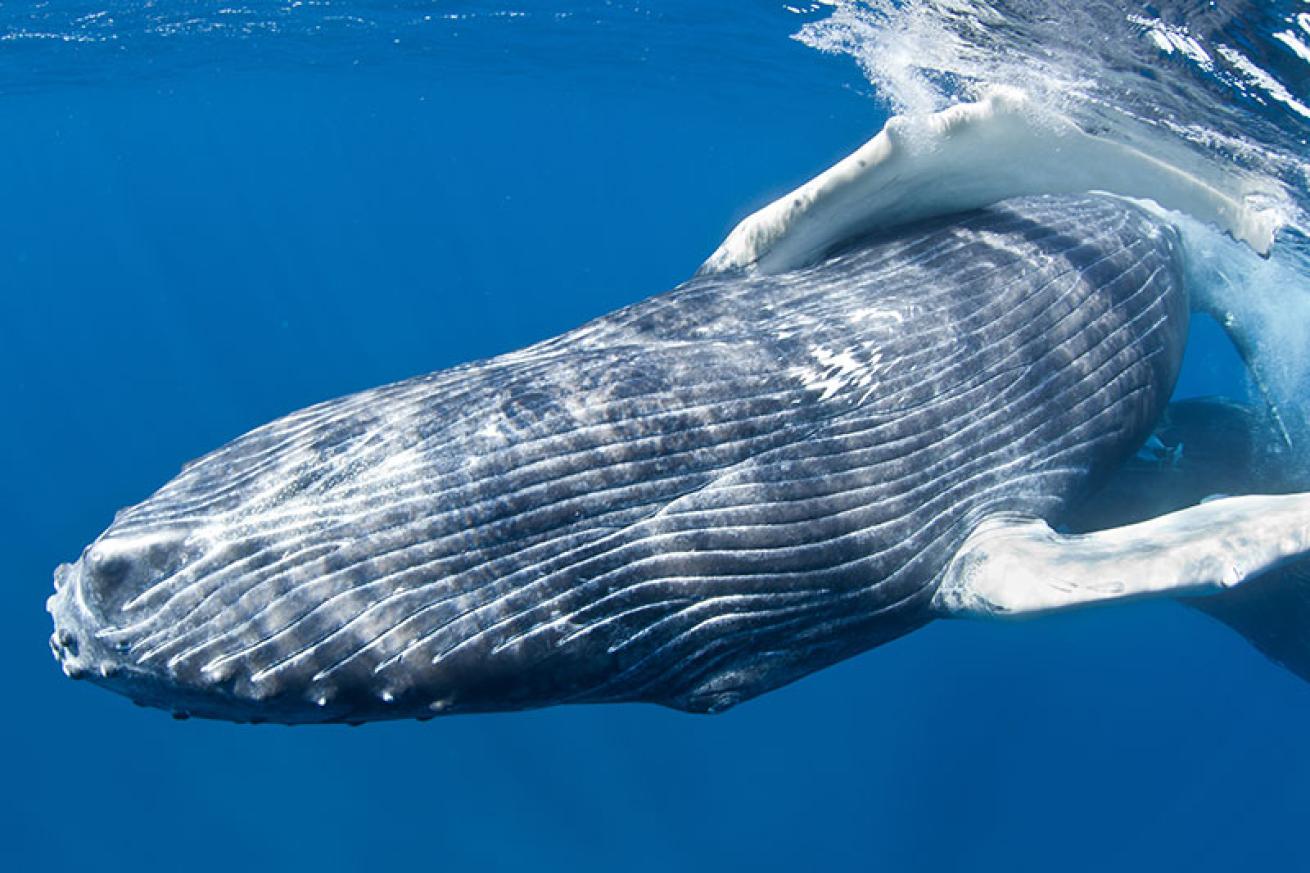
ShutterstockHumpbacks might be big — averaging 40 to 50 feet in length — and look slow-moving, but they’re actually really fast.
Scuba is banned because bubbles could scare or provoke the whales, so with luck, you’ll get an encounter when the humpbacks decide to hang with you. Otherwise, your Zodiak captain will pick you up and let you slip into the water just ahead of the moving pod. And then repeat.
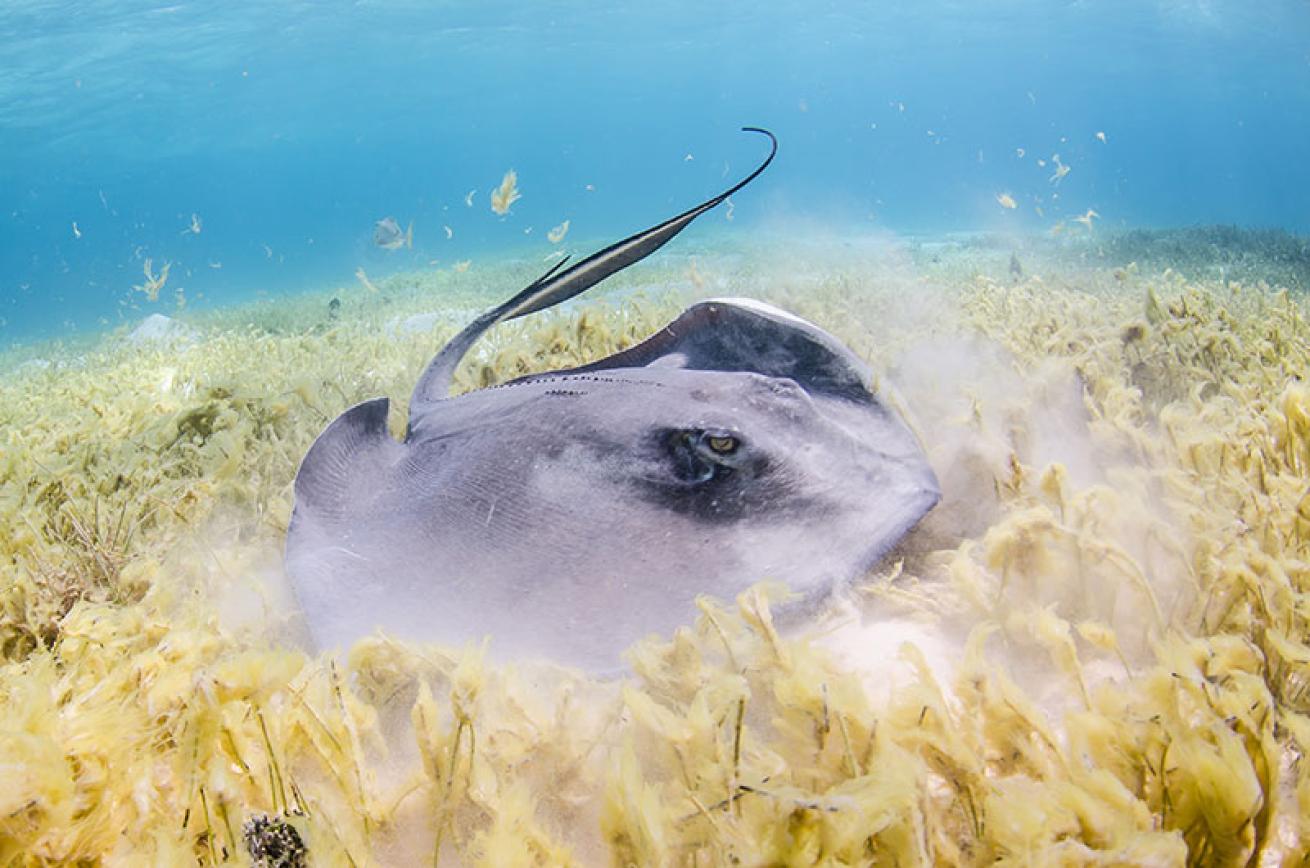
ShutterstockStingrays commonly bury themselves beneath the sand, with only their eyes exposed. The sand is also where they locate their favorite food.
Even inexperienced shutterbugs can get great images of southern stingrays at Grand Cayman’s famous Stingray City and Sandbar sites. Depending on where you go, you may be able to scuba dive with them. but snorkeling is just as fun, especially if you early and beat the crowds. Trust us: you’ll make friends with the rays and get Instagram-worthy photos!
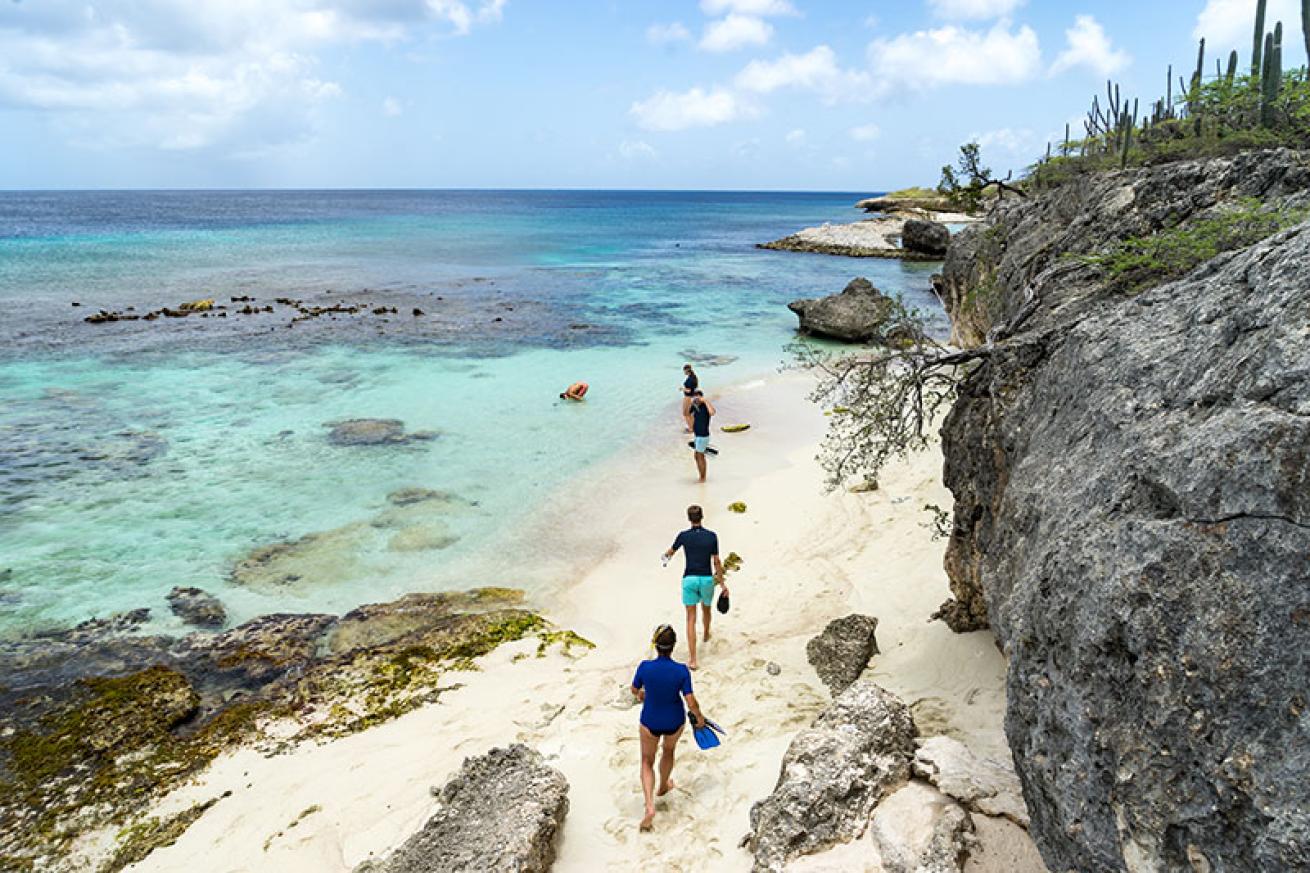
ShutterstockWhy do snorkelers (and of course divers) love Bonaire? It’s the 365/24/7 access to beautiful coral reefs.
The Bonaire National Marine Park was established in 1979 to protect the island’s natural resources, and dive operators work hard to enforce the laws and ensure that Bonaire’s reefs remain beautiful and healthy for generations to come. So do take care when scuba diving or snorkeling off the island. But the best part os that you're on your schedule — make a sunrise or sunset snorkel and catch the fish on the reef as they're either starting the day or night.
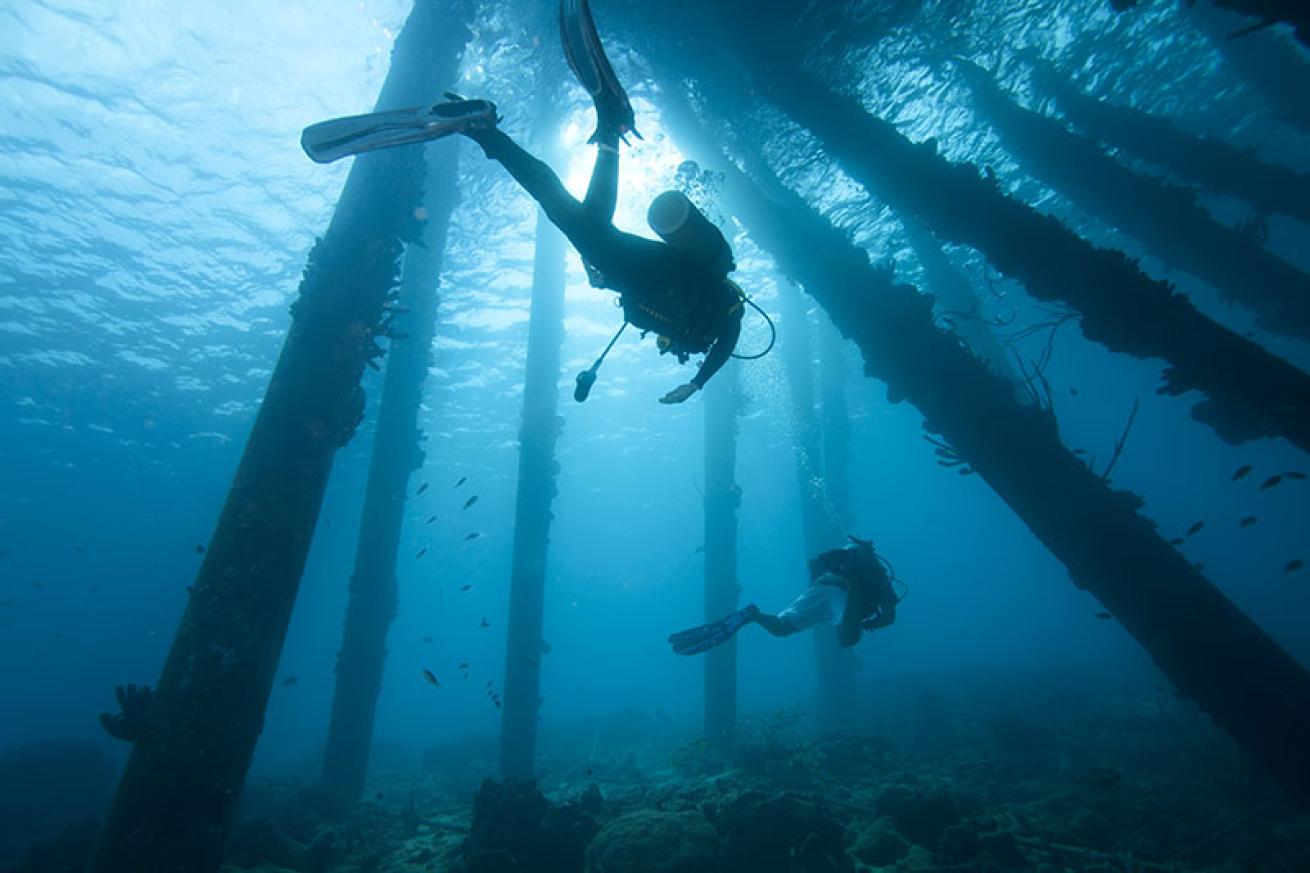
ShutterstockThe easy entry at Salt Pier makes it a popular shore dive — though it is a long swim — and its relatively shallow depth make it a popular spot for practicing your underwater photography. But most of Bonaire’s shore sites are also appropriate for snorkelers, and the island's fish life is among the best in the Caribbean.
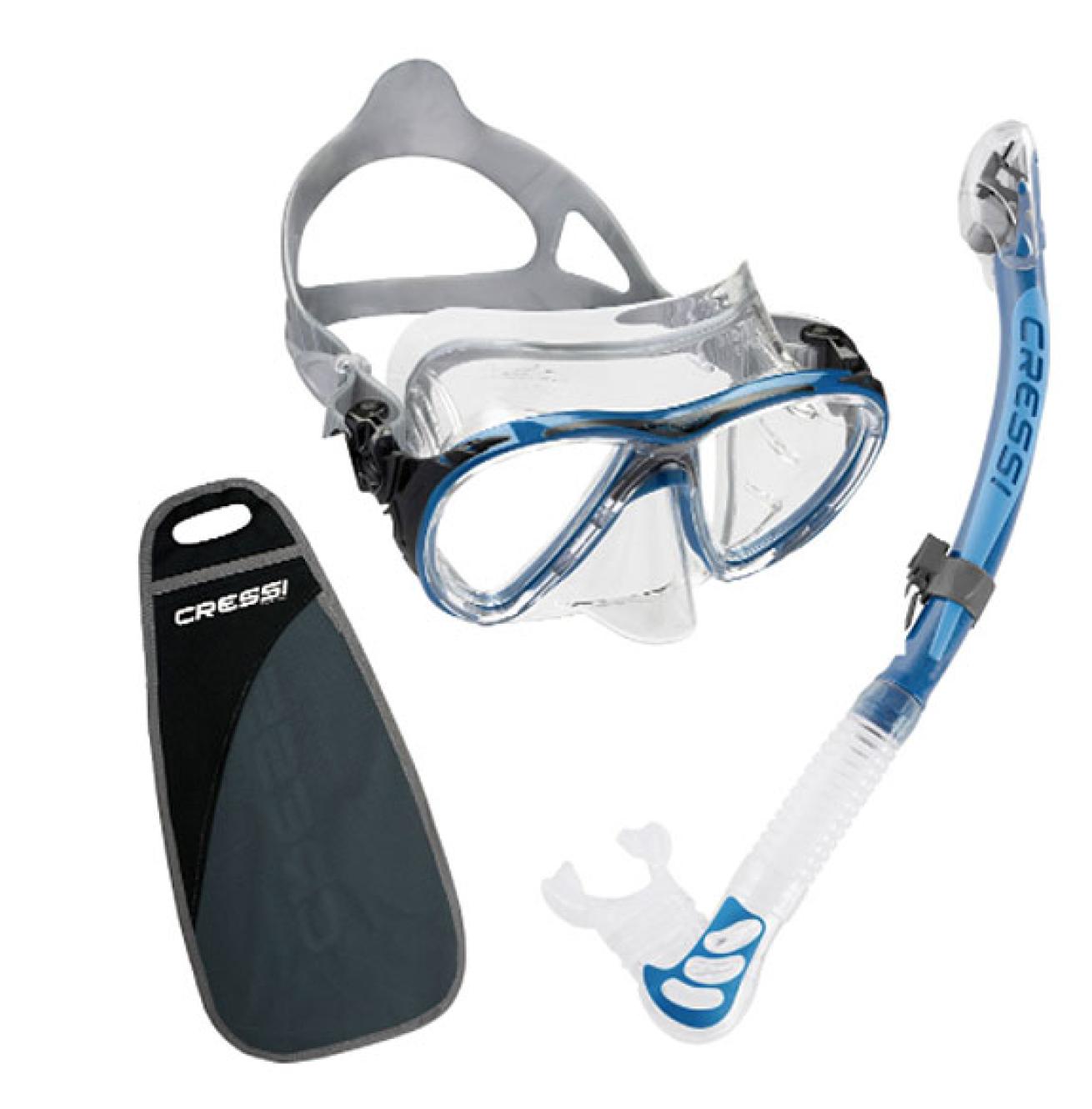
Courtesy CressiThe Big Eyes Evolution’s signature inverted tear-drop lenses are raked inward and provide outstanding field of view with very low internal volume. The redesigned skirt uses internal ribs to provide a comfortable seal, and the adjustable buckles let you dial in the fit to your face. The Alpha Ultra Dry snorkel has a generously sized tube for good airflow, a lower purge valve that enables instant clearing, and dry-top snorkel technology that auto closes the tube when submerged.
For more info: Cressi
GET THE RIGHT GEAR
Some of these snorkel safaris are challenging, requiring excellent swimming abilities, fitness and stamina, and high-quality gear that won’t let you down. If you’re snorkeling from shore, wait until you get to the water's edge, then put on your mask and fins. Make sure your fins deliver power when you need it, without any calf strain, which can lead to cramping. If you’re going to be in the water a long time, make sure you wear a dive skin or wetsuit that will keep you warm. You don’t want to be freezing when you’re trying to capture the action of hunting sailfish or playing with the stingrays. If you’re an underwater photographer, you don’t want to contend with a mask that floods or a snorkel that won’t clear easily. Look for a low-volume mask that’s easy to clear and a snorkel that’s designed to keep water out. Finally, leave behind any unnecessary gear. You’ll want to be as unencumbered as possible to witness these magical moments.


